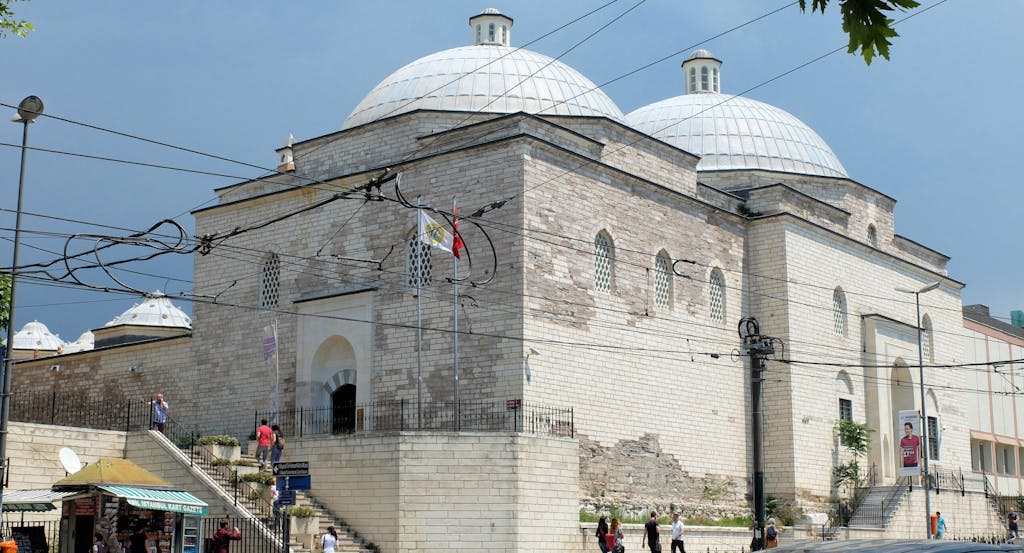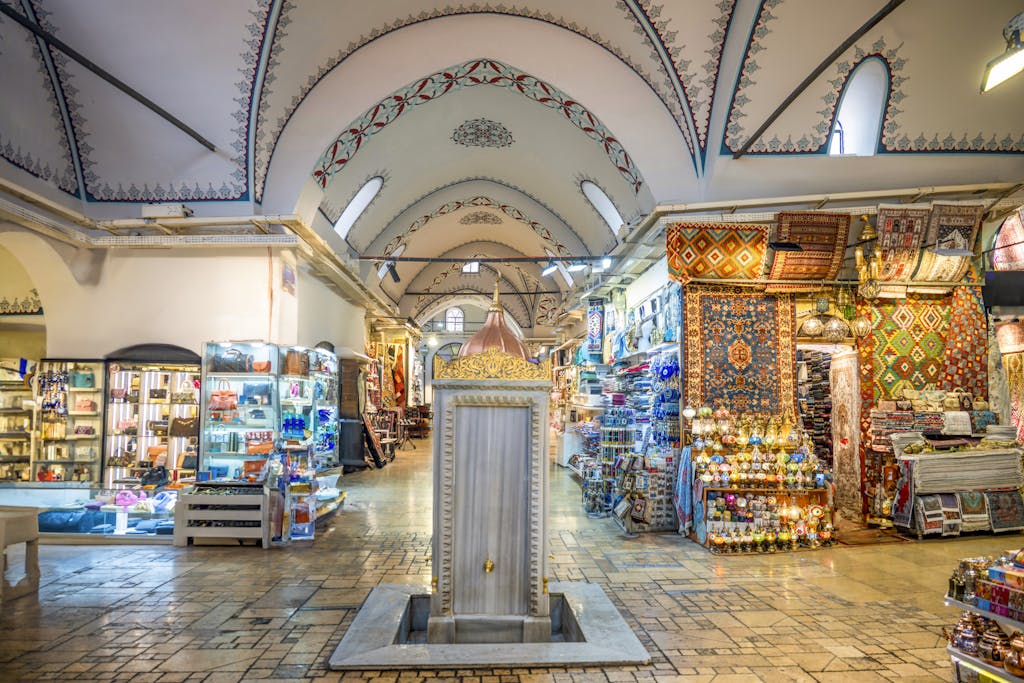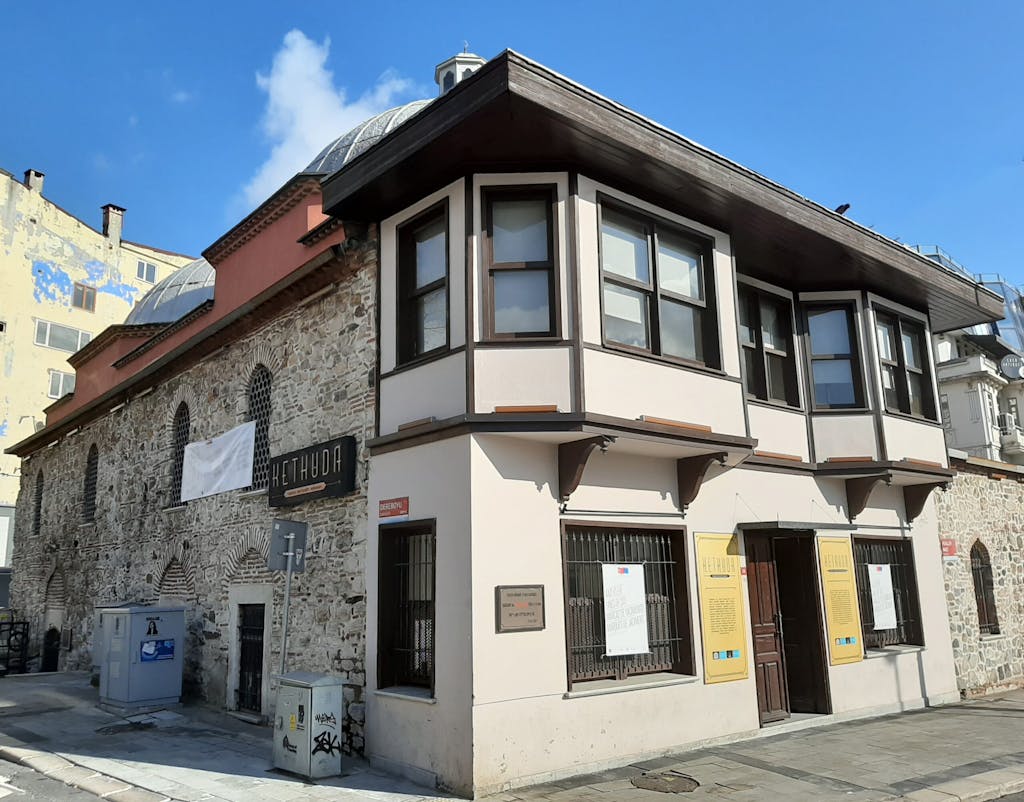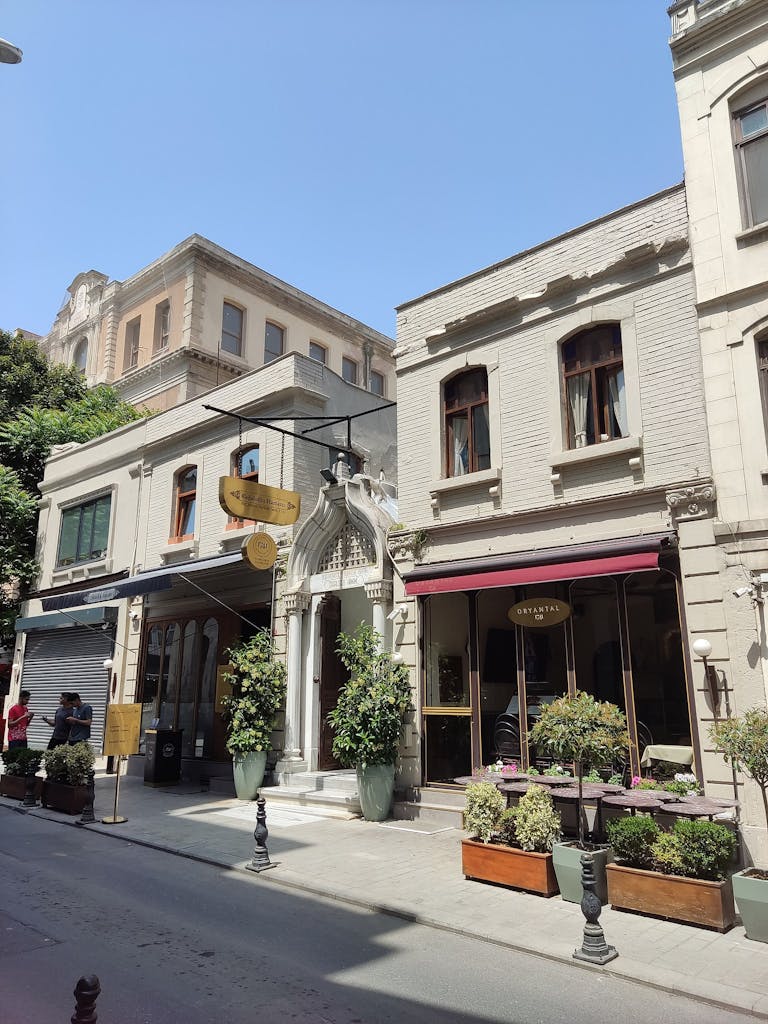In Istanbul, Check Out These Seven Reimagined Turkish Baths Without Getting Wet
My first love of a Turkish bath, or hammam, began several decades ago in a provinical town in central Anatolia, and I loved it. Lulled into near sleep by the sound of water splashing and by the dappled, gentle light, the demands of daily life became a distant memory. Now I that live in Istanbul, I go less often , but whenever I’m in need of therapy, I head for the comforting warmth of the cocoon-like interior of a hammam.
Hammam were once an essential part of Turkish daily life. Of the more than 200 built in Istanbul, some as early as the second century, today 60 baths, both grand and decidedly local, are still used as such. If you would like to immerse yourself in hammam culture, there’s much to choose from. Ayasofya Hürrem Sultan Hamam and Çemberlitaș Hamam are among my favorites.
If you like the idea of getting your hammam on but don’t want to get all hot and steamy, try visiting a converted hammam. The trend to reimagine Turkish baths in Istanbul is relatively new, and each of the ones I’ve selected offers a unique experience, whether you’re a history buff, shopper, art lover, scholar or gourmand.
Here’s what to know about bath culture

History buffs can learn about bath culture in the II Bayezid Türk Hamam Kültürü Müzesi, formerly Sultan Beyazit II Hamamı, a short tram ride from Sultanahmet. When it was completed in 1506, it was the largest Turkish bath in the city. Unlike many hammam, which allowed entry to men and women only on different days, this one contained separate sections so everyone could bathe whenever they wanted.
It’s filled with exquisitely ornamented bathing accoutrements that belonged to members of the elite. The more opulent the designs, the more important the owner. Peştemal, finely woven cloth to wrap around the body, nestle next to hamam tası, hand-worked copper bowls lined with silver or tin.

Foot-tall takunya, wooden hammam shoes covered in elaborate filigree silver or mother-of-pearl decorations, outshine the towels and the bowls. The height of the supports on these shoes worn by both men and women ensured their feet were kept well away from wet floors.
The room dedicated to foreign visitors to Constantinople contains copies of etchings and quotes from the likes of British author Lady Mary Wortley Montagu and Italian writer Edmondo di Amicis. Their words paint an intimate picture of Ottoman life with fanciful descriptions of nymph-like women flitting alluringly through the steam.
The museum is laid out exactly as though the hammam were still in use. The route begins in the men’s camekan, a vast space that once had wooden changing rooms built around the walls one floor up. The dome, almost 50 feet in diameter, makes the solid brickwork seem impossibly light and airy. A small doorway leads into the soğukluk, the cold room, and then into the ılıklık eyvanı. (“Ilık means “warm,” and this domed room heated to a lukewarm temperature marks the transition from cold to hot.)
Finally there’s the sıcaklık, or hararet, a well-heated room under another dome that has a large polygonal-shaped marble platform, called a göbek taşı, in the middle. Marble seating areas and kurna, basins for water are set at intervals along the walls. Low doorways open into smaller, hotter rooms where patrons would sit and sweat out their impurities. Once done, they would lie down on the göbek taşı, the belly stone, for exfoliating treatments and massage.
Repurposed baths take on new life

Regardless of the size of the hammam, all have a similar layout that’s surprisingly versatile. Nevmekan Selimiye and Nevmekan Kuzguncuk, two former hammam on the Asian side of Istanbul, have been repurposed as libraries and cafes. (Nev is Farsi for “new,” and mekan means “place” or “venue.”)
These “new places” are part of a government initiative to create public spaces suitable for both sexes in historical buildings fallen into disuse.
Nevmekan Selimiye, built by Sultan Selim III in 1800-1801 for his soldiers, contains a library and café where one room is dedicated to hammam history. Nevmekan Kuzguncuk started life as İcadiye Dağ Hamamı in 1854. Now the camekan houses a café with study nooks upstairs.
A bath, a bazaar, a rich hisotry

Those in search of retail therapy can shop till they drop in one of the oldest surviving bath house structures in the city. Mahmut Paşa Hamamı, in Istanbul’s Grand Bazaar area, was built in 1466 for the grand vizier, second-in-command to the Ottoman sultans, to Fatih Sultan Mehmet.
Mahmut Paşa used his considerable power and status to order the construction of a külliye, a charitable religious complex. It included a mosque, medrese (a Koran school) and a soup kitchen as well as the hammam, which originally had separate sections for men and women.
The latter was demolished. Then a fire ripped through the buildings in 1755. The men’s section survived and is now full of shops selling clothes, carpets and other items.
If you want to sit back, recharge and watch the ferries go by, take tea in a hammam-style café in Üsküdar. The traditional décor of Kadim Kahve is an homage to the hammam built on the same spot during the reign of the aforementioned Mehmet, best known as Mehmet the Conqueror.
Although this building is from the 21st century, it encapsulates the spirit of Turkish bath culture as places of social interaction. Once you’ve admired the whimsically painted domed ceilings, try to get a table by the window or head for the terrace. Both provide views over the Bosphorus.

Art lovers can indulge their passion at Tarıhı Hüsrev Kethüda Hamamı, a gallery in a restored Turkish bath near the Bosphorus in Örtaköy. This hammam, built in 1550, is the work of the great Ottoman architect Mimar Sinan. It operated as a bath house for 300 years. The smaller scale makes for a more intimate ambience, and the interior brickwork patterning is a masterpiece.
Whatever your travel persona, leave at least one evening free to dress up and enjoy Turkish cuisine and sample local wines in the elegant courtyard and adjacent rooms of a hammam dating to the early 18th century.

Cağaloğlu Hamamı was built by Sultan Mahmut 1 in 1741, and during Ottoman reign the revenue it generated was spent on the upkeep of the library he founded in the Hagia Sophia.
Lokanta 1741, the restaurant inside, attracts well-heeled Turks who partake from their lavish selection of traditional hot and cold mezze (dishes) and more in a 300-year-old setting.
